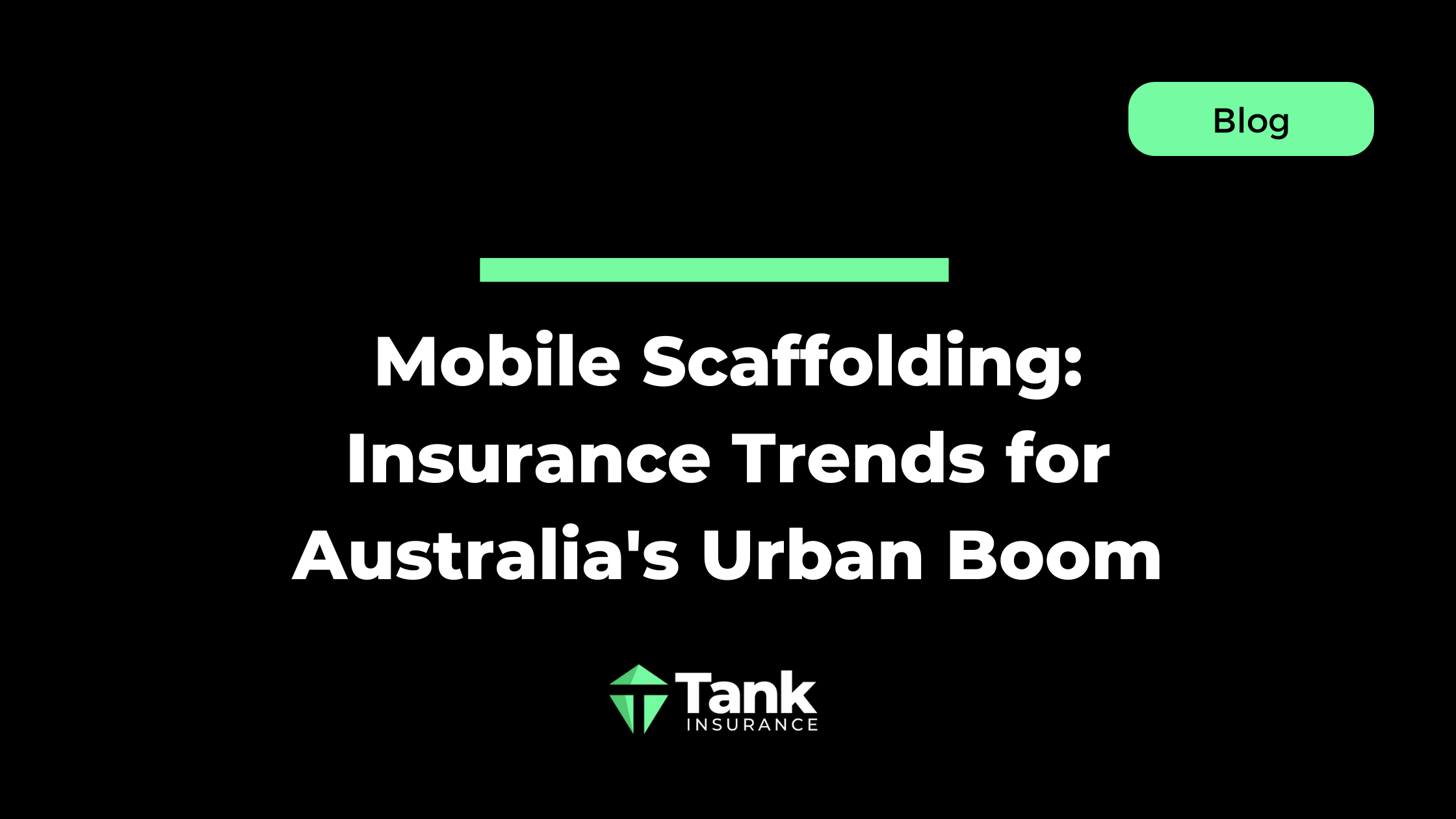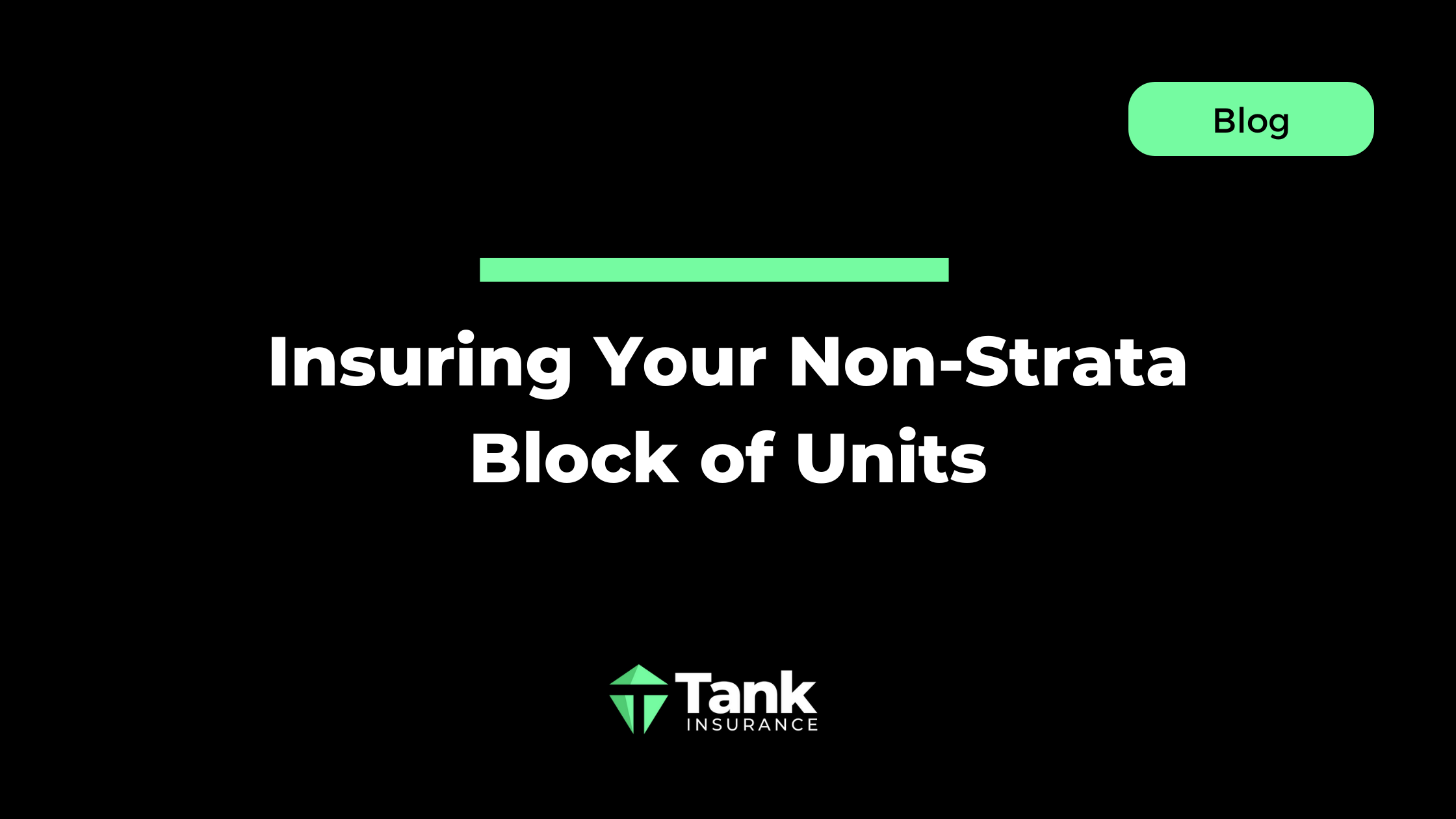
Got a question about scaffolding safety, compliance or coverage?
Australian scaffolders are turning to digital platforms for answers, tapping into peer advice, expert resources and practical tools to keep sites safe and compliant.
Below, we answer the top questions scaffolders are asking online, with insights into how safety and Scaffolding Insurance connect to keep your operations running smoothly.
1. Where can I find reliable Safe Work Method Statement (SWMS) templates for scaffolding?
Scaffolding jobs often involve high-risk work above two metres, making a tailored SWMS essential.
Free, customisable templates are available from:
- Safe Work Australia: Offers downloadable SWMS templates designed for high-risk construction tasks.
- SafeWork NSW or WorkSafe Victoria: State-specific templates with practical examples for scaffolding setups.
Note: These resources help you meet legal requirements under AS/NZS 1576 standards while saving time on documentation.
2. What’s the best way to conduct scaffolding safety inspections?
Daily safety checks are critical to prevent incidents such as unstable bases or loose fittings.
Look for:
- Digital Checklists: There are platforms (e.g., iAuditor) that provide mobile-friendly scaffolding inspection lists to spot hazards fast.
- Pre-Start Checks: Ensure guardrails, toeboards and platforms meet AS/NZS 1576 requirements before work begins.
Quick Tip: Regular inspections not only boost safety but also streamline insurance claims by proving due diligence.
3. How do I stay compliant with Australian scaffolding regulations?
Compliance hinges on understanding AS/NZS 1576 and state-specific codes.
Key steps include:
- Training: Ensure workers hold valid high-risk work licences (e.g., SB, SI, or SA classifications).
- Documentation: Maintain up-to-date SWMS and risk assessments for every job.
- Audits: Use resources from SafeWork NSW or WorkSafe QLD to align with local enforcement notices.
Key Takeaway: Staying compliant reduces risks and can lower insurance premiums by demonstrating proactive safety measures.
4. Where do scaffolders share practical tips and advice online?
Australian scaffolders thrive in digital communities where real-world experience is shared. Top spots include:
- Scaffolders Forum: A go-to for discussions on design challenges, gear recommendations and industry trends.
- Reddit’s r/Scaffolding: A global hub where Aussies swap insights on pay, safety gear and local regulations.
- Trade-Specific Facebook Groups: Active communities offer tips on everything from job leads to navigating insurance options.
These platforms provide unfiltered advice and foster trust among peers.
5. What expert resources can help with complex scaffolding challenges?
For technical queries, expert-led platforms deliver:
- Master Builders Australia: Offers guides on scaffolding erection, shoring systems and compliance with national standards.
- Australian Scaffold & Access Industry Association (SAIA): Provides detailed resources on best practices and incident prevention.
These hubs help identify gaps (e.g., outdated equipment) and align your setup with industry benchmarks which is crucial for tailored insurance coverage.
6. How does scaffolding insurance tie into safety practices?
Safety and insurance go hand in hand. A robust safety setup, usually composed of SWMS, inspections and compliance, reduces risks, making your business more attractive to insurers.
Scaffolding Insurance covers risks like:
- Public Liability: Protects against third-party injuries or property damage.
- Equipment Coverage: Safeguards against damage to scaffolds or tools.
- Workers’ Compensation: Essential for crews working at heights.
By leveraging safety resources, you strengthen your case for smoother claims and better coverage terms.
Connecting Safety and Coverage

At Tank Insurance, we specialise in matching scaffolding businesses with policies tailored to their unique risks.
Whether you’re a solo scaffolder or managing a crew, our team can guide you through options from multiple providers.
Reach out to us at team@tankinsurance.com.au or call us at 02 9000 1155 to get started.
Let’s build a safer, smarter scaffolding operation together!



